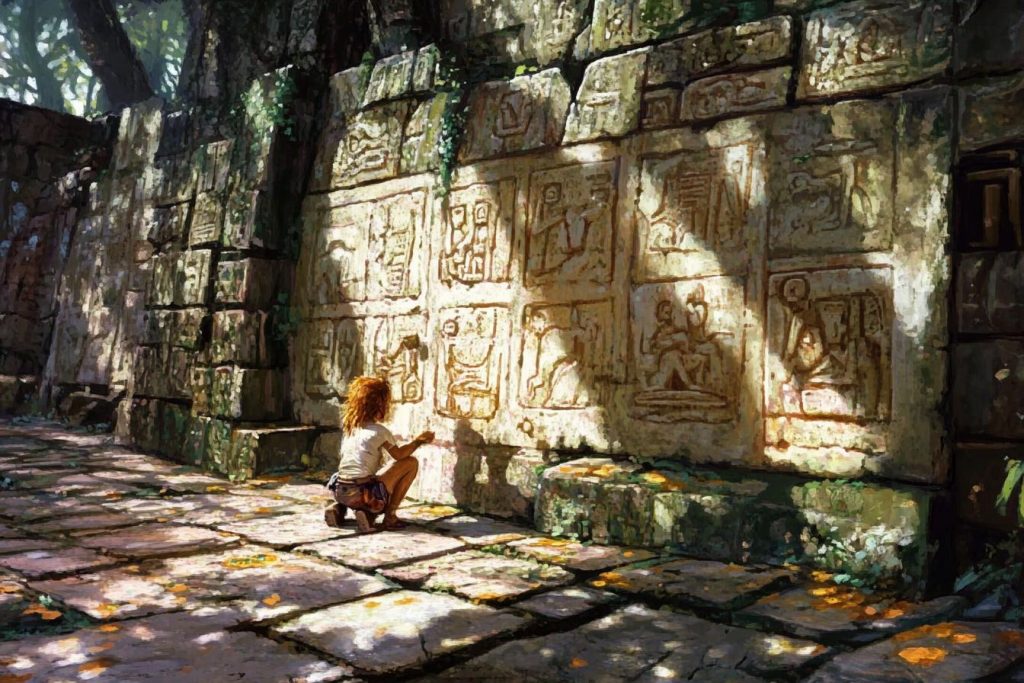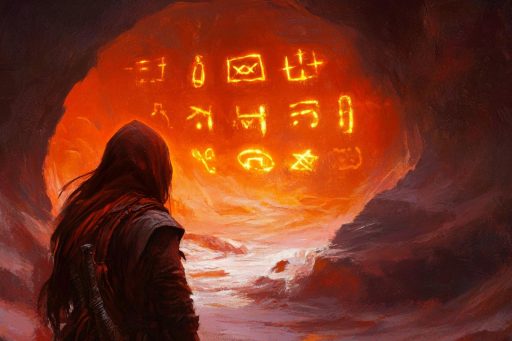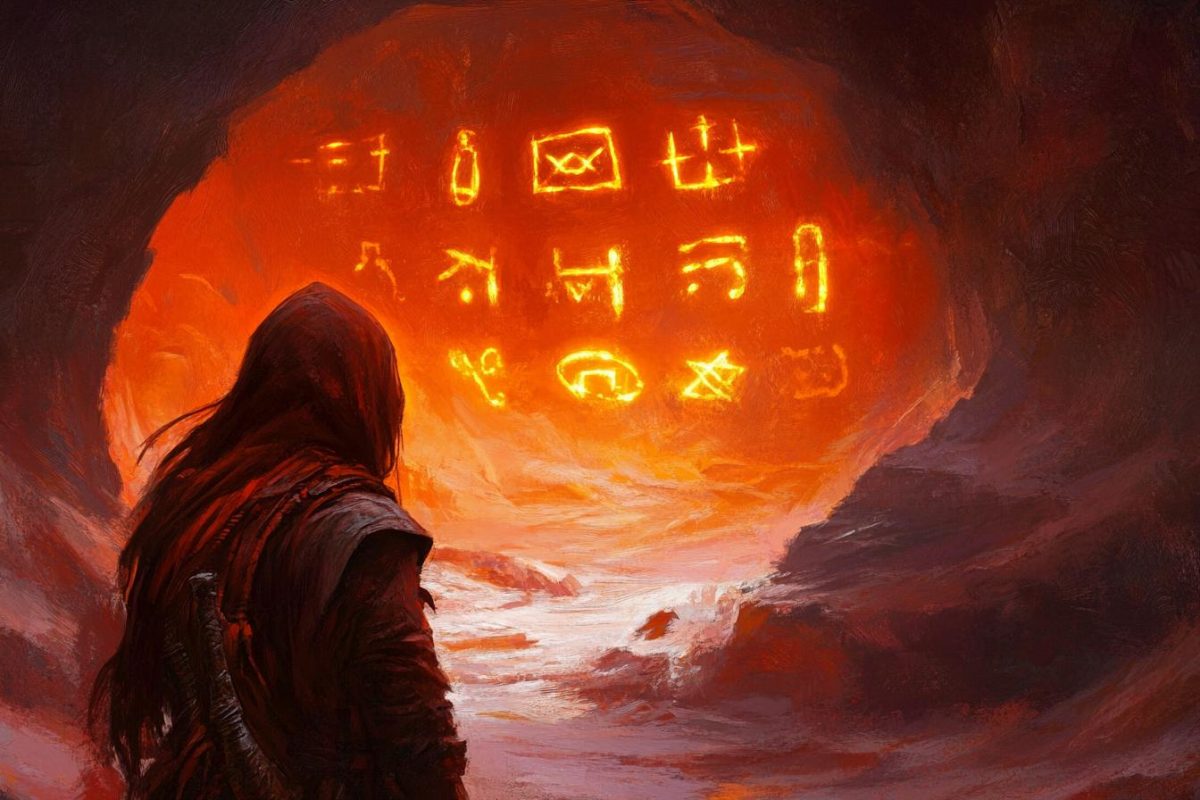
Scattered across the globe are mysterious carvings etched into stone, wood, and bone—messages left behind by civilizations we barely understand. These inscriptions defy translation, containing symbols that don’t match any known language, yet suggest intentional meaning and sophisticated thought. Were they part of a lost tongue, a sacred code, or communication from something entirely unfamiliar? Each carving holds a puzzle that continues to baffle linguists, archaeologists, and explorers alike.
The Undeciphered Symbols of the Fuente Magna Bowl

Found near Lake Titicaca in Bolivia, the Fuente Magna Bowl is covered in strange inscriptions that appear Sumerian in origin—far from where they should be. The mix of Proto-Sumerian and unknown glyphs on this artifact suggests a deep, unrecorded connection between ancient South America and Mesopotamia. No one can fully explain how it got there—or what the complete message says. Could it be evidence of a forgotten cross-continental language?
The Yonaguni Monument’s Inscribed Walls

Off the coast of Japan lies the submerged Yonaguni Monument, with massive stone structures and strange carvings that resemble early writing. While some believe the site is natural, the straight lines and repeating symbols argue otherwise. Among its walls are deeply etched markings that don’t match any known script. Could these be the remnants of a drowned civilization’s language?
The Cochno Stone’s Celestial Glyphs

Near Glasgow, Scotland, the Cochno Stone displays hundreds of spiral-like carvings and strange symbols across a massive rock surface. Some researchers believe these may be a form of star map or ancient communication tied to lost knowledge. Despite decades of study, the carvings resist definitive interpretation. Are they ritual symbols, or fragments of a forgotten alphabet?
The Rongorongo Tablets of Easter Island

Unlike the famous Moai statues, the Rongorongo wooden tablets of Easter Island contain intricate, repeated glyphs that seem to form a written script. Yet no one alive today can read them. Linguists have struggled for years to decode their structure, suggesting the possibility of a unique written language that died with its creators. Their purpose remains as enigmatic as the island itself.
The Ica Stones’ Impossible Inscriptions

Discovered in Peru, the Ica Stones feature bizarre engravings of humans and dinosaurs coexisting, along with unknown characters and symbols. While the authenticity of the stones is debated, some of the carvings appear consistent and organized enough to suggest a deliberate language system. Are they an elaborate hoax—or a message from a forgotten age? Either way, their symbols don’t match anything we know.
The Mystery Carvings of the Phaistos Disc

Unearthed in Crete, the Phaistos Disc features spiral-stamped symbols that resemble pictographs, but form no recognizable language. It is unlike any other Minoan artifact and remains one of archaeology’s great mysteries. Some believe it’s a ritual text, while others suggest it may be a form of communication lost to time. Every attempt to decode it has only deepened the intrigue.
The Ulgii Petroglyphs of Mongolia

On the windswept steppes of western Mongolia lie petroglyphs that mix recognizable animal shapes with cryptic symbols no one has translated. These markings appear in patterns, suggesting more than mere decoration. Some speculate they represent a forgotten proto-language used by early nomadic tribes. If so, we may be looking at the roots of a tongue long since erased from history.
The Writing of the Vinca Civilization

Predating Mesopotamian scripts, the Vinca symbols were discovered in Southeastern Europe on pottery and tablets. Their consistent structure hints at a possible writing system, yet they bear no relation to known languages. Scholars remain divided: were they symbols of trade, religion—or something entirely unrecognized? These enigmatic signs may hold the key to rewriting early linguistic history.
The Cryptic Runes of the Kensington Stone

Allegedly discovered in Minnesota, the Kensington Runestone bears an inscription in runes that claim Norse explorers reached America centuries before Columbus. Some believe it to be a hoax, but others point to peculiar inconsistencies in the runic alphabet that suggest an unknown dialect. Whether authentic or not, the stone poses one question: if real, what language was truly being used?
The Petroglyphs of Val Camonica

Italy’s Val Camonica valley is home to one of the largest collections of prehistoric petroglyphs in the world. Among the thousands of figures are repeated symbols and patterns that seem to follow grammatical rules. Despite being studied for over a century, no conclusive interpretation has been reached. Are these the silent echoes of a language we’ve never heard?
The Baalbek Lettering That Shouldn’t Exist

At the ancient ruins of Baalbek in Lebanon, certain stone blocks bear inscriptions in a style not matching the known languages of the region or time period. These symbols, faint yet deliberate, resemble a structured form of communication that doesn’t appear elsewhere. Some believe they were left by a lost culture that predated known history. Their meaning remains locked in stone.
The Silent Stones of Enigmar Ridge

Hidden deep within a mountain range untouched by modern civilization lies a cliff face etched with symbols no culture has ever claimed. The carvings are razor-sharp and complex, arranged in a spiral that suggests a mathematical intelligence far beyond its supposed time. Attempts to translate them have failed—no known script, ancient or modern, matches their structure. Some believe the symbols are not meant to be read but activated, like a forgotten language of energy.
The Megalithic Markings of Göbekli Tepe

This ancient Turkish site contains stone pillars decorated with strange animal symbols and abstract markings that predate writing as we know it. Some researchers theorize these may represent proto-writing—an early attempt to record language before it became formalized. Others believe they held religious or astronomical significance. But if they told a story, no one has yet cracked the code.
Echoes from the Forgotten Tongue

Across continents and millennia, these cryptic carvings challenge what we think we know about language, culture, and history. Are they remnants of lost civilizations, early attempts at writing, or evidence of contact with unknown sources? Each symbol carved into stone could be a fragment of a sentence we no longer understand. Perhaps the past has been speaking all along—we just haven’t learned how to listen.





